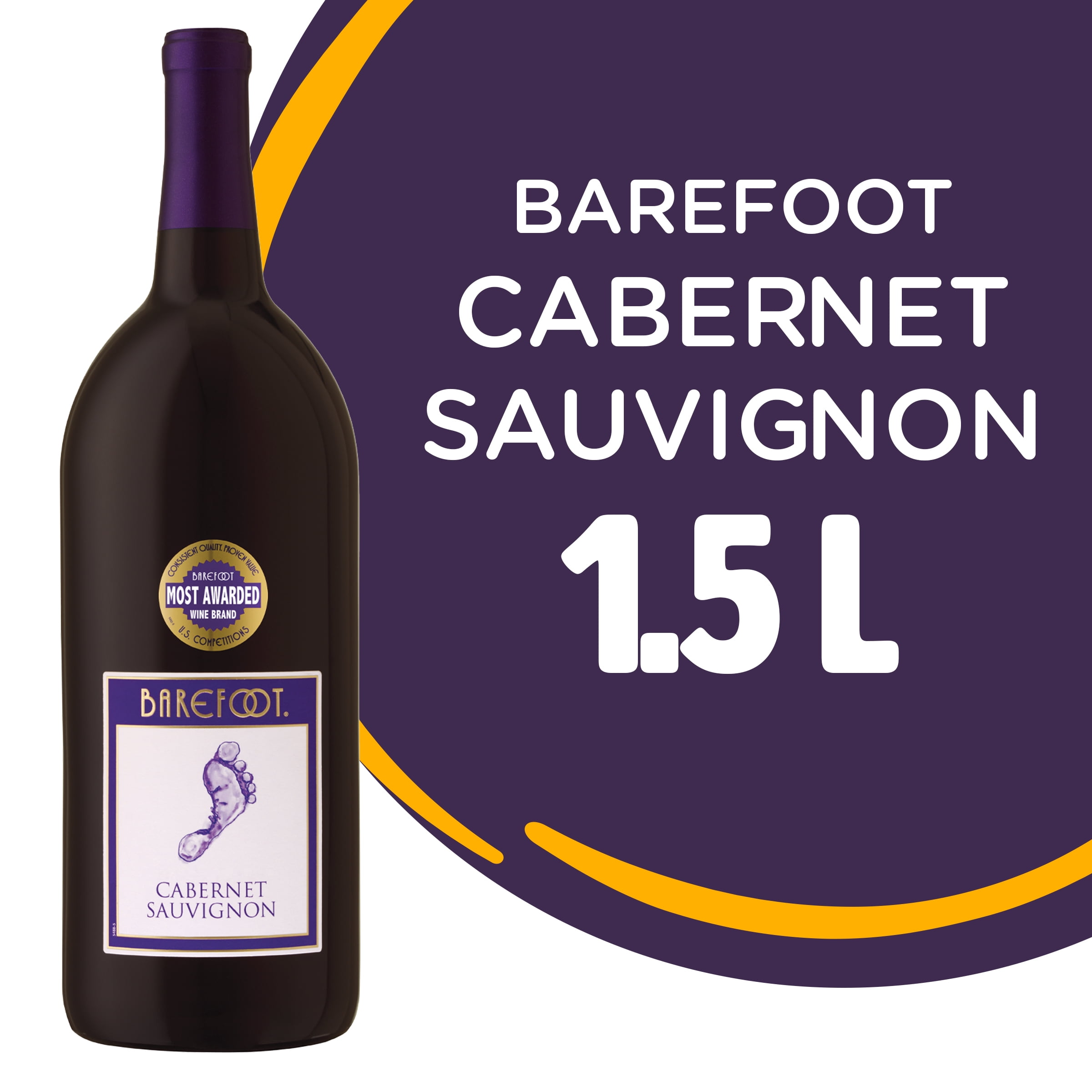

Jonah Dill-D’Ascoli, the bar director at Rosemary’s East in New York, points out that each brand “specializes in large-scale production in climates that are conducive to growing large quantities of grapes.” Yellow Tail’s grapes are grown in the “open areas” of New South Wales in Australia, while Barefoot’s grapes mainly come from California’s Central Valley. By the end of that same year, the two families had sold 200,000 cases, and by 2002, sales spiked to 2.2 million cases. In 2001, Casella joined forces with Deutsch Family Wine and Spirits, who in a 50/50 partnership agreed to distribute his wines as Yellow Tail in the U.S. As VinePair explains, “In 1992, imports of Australian wine accounted for only around 3 percent of all imported wine to the United States.” Casella was about to change that. At the time, Italian and French wines ruled the import game, while Australian wine had yet to make a significant dent in the U.S. On the other side of the world in the late 1990s, John Casella, the son of two Sicilian vineyard owners in southeastern Australia, had recently taken over his parents’ business and set his sights on the U.S market. The industry thought a wine with a foot on it would never sell.” In 2005, the couple sold the brand to E&J Gallo, the world’s largest family-owned winery, for an undisclosed amount. “When we started in 1986, wine was formal and exclusive,” he said. Having no prior experience in the wine industry, Houlihan told Forbes in 2014, the couple’s naivety actually helped revolutionize wine. The couple renamed the label Barefoot Cellars and gave it the slogan, “Get Barefoot and have a great time,” playing up the brand’s approachability. In 1986, business coaches Michael Houlihan and Bonnie Harvey took over Barefoot Bynum Burgundy, a California-based company founded in the garage of home-winemaker and future Pinot Noir pioneer, Davis Bynum.


 0 kommentar(er)
0 kommentar(er)
